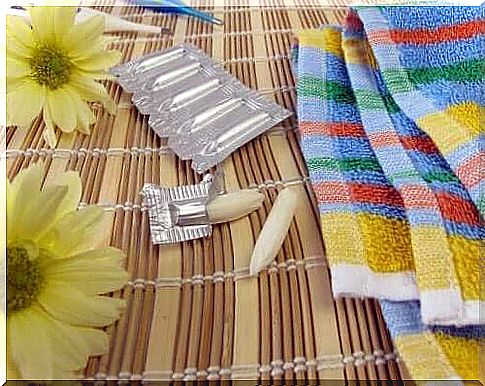Suppositories In Children: What You Need To Know

Suppositories are a particular form of medicine. Because they are somewhat inconvenient to administer, they are not the most common to give medicine. Even so, doctors still recommend them in certain cases, especially in children. Here are some facts you should know about suppositories in children.
What are suppositories?
Suppositories are a certain format of medicines. They are solid or semi-solid drugs that dissolve at room temperature. That is why they are designed to be administered rectally and you must insert them into the body through the anus.

When are they used?
Not all drugs are available in this format. Because of the discomfort they sometimes cause and their drawbacks, doctors usually limit their use to certain specific situations.
For local problems, such as hemorrhoids, you can use suppositories. They can also be used for problems in other parts of the body. Its most common uses are in children with:
- Vomiting, which means that the child cannot take the medicine orally, or the medicine comes back up when ingested.
- Difficulty swallowing.
- Emergencies, such as seizures.
- Fever.
- Sporadic constipation (the well-known glycerine suppository – English link).
Administering suppositories in children
Each individual suppository is usually accompanied by the manufacturer’s instructions. Still, there are usually some general steps to follow:
- Wash your hands before handling the suppository.
- The suppository should be hard. If it is too soft, keep it in the fridge for half an hour or place under cold water with the package tightly closed.
- Lay the child on his side. The lower leg should be straight and the upper leg pulled up to the navel.
- Insert the suppository into the child’s anus and press gently with your finger towards the child’s navel. Contrary to popular belief, the suppository should be inserted with the flat side first rather than the sharp side. This will ensure that it is inserted properly and will not come out easily.
- Once the suppository is in place, hold the child’s buttocks together for a few seconds. After that, the child should lie down for 10-15 minutes to give it time to be properly absorbed and not to be expelled.

Precautions to take into account
Like any drug, the suppository has an expiration date. It is important to check that it has not expired before using it.
Each manufacturer indicates which measures you must take to store the medicine. Sometimes it is necessary to keep them in the refrigerator and sometimes it is enough to keep them in a cool and dry place.
Finally, because of its special application, it is always important to use it with care so as not to harm the child. In order for it to work properly, we must of course give it time to work and make sure that the child does not expel it from the anus.
Conclusion
Suppositories in children, although less and less commonly used, are still the most appropriate way of administering medication in some cases such as vomiting and seizures.
Given the specifics, it is important to know how to store and administer them correctly. Finally, it should be noted that the most reliable instructions are always those provided by the manufacturer that comes with each specific suppository.









